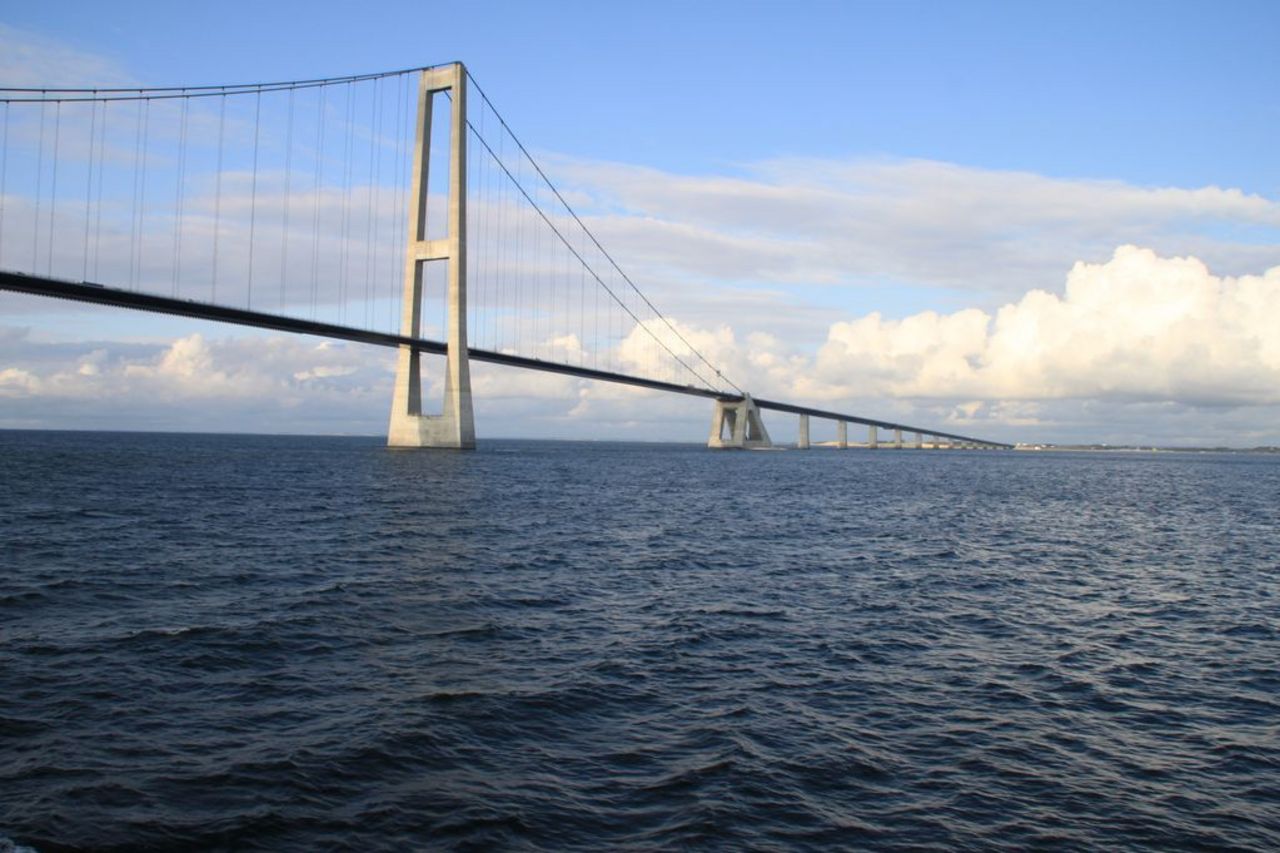Project
The spawning migration of eels in the Baltic Sea

Belt-Eel: The migratory behavior of silver eels in the Baltic Sea
The Baltic Sea and its tributaries are an important distribution area of the European eel. The Danish Belt-Sea with their three narrow straits Little Belt, Great Belt and Öresund provides a geographical bottleneck, which all Baltic Sea eels have to pass during their spawning migration into the western Atlantic. This geographic situation offers ideal conditions for studying the migration of silver eels from the Baltic Sea.
Background and Objective
Together with different research partners from the Baltic Sea region the Thünen Institute of Fisheries Ecology is participating in an investigation of the migration behavior of the European eel (Anguilla anguilla) in the Baltic Sea. This study was made possible by the installation of a receiver network in the three straits Little Belt, Great Belt and Öresund by the Technical University of Denmark (DTU). The installed receivers detect fish that was marked with acoustic transmitters when it passes these straits.
The participation of various Baltic Sea areas ensures that a complete picture of the eel spawning migration in the Baltic Sea is obtained. Additional knowledge about the largely unknown spawning migration of the European eel is of great importance for stock management.
The aim of this international cooperation is to collect information about the migration speed and the duration of the migration of eels in the Baltic Sea and to gain knowledge about the proportion of migrating eels that reach the exit of the Baltic Sea. This makes it possible to estimate the importance of the Baltic Sea for the production of potential spawners and the effect of anthropogenic influences such as e.g. restocking or fishing on a successful spawning migration.
Approach
The Thünen Institute of Fisheries Ecology will mark 100 migrating silver eels from German Baltic Sea tributaries with acoustic transmitters and release them close to the river mouth. As soon as the fish pass one of the receivers in the Belt Sea, the transmitter signal is recorded and saved. The obtained data from German eels are then incorporated into the pan-regional study of the migration behavior of silver eels in the Baltic Sea. In addition, the eels are marked externally with T-Bar Anchor Tags in order to enable fishers and anglers to report caught individuals.
Our Research Questions
The investigation is intended to clarify how quickly silver eels pass the Baltic Sea and which route they choose. In addition, conclusions about the migration success of eels from the Baltic Sea are expected.
Results
In October and November 2020, 50 eels from the river Schlei and 51 from the river Oder were tagged with hydroacoustic transmitters and released on the Baltic coast. Of these 101 fish, the catch of five eels has been reported so far, all of which originated from the river Schlei. Twelve animals were registered by the receivers in Beltsee and Öresund. Nine of them came from the Oder.
The receivers are still deployed in the Baltic Sea and the data collection has not yet been completed. The data will be jointly evaluated with the international project partners.
Thünen-Contact


![[Translate to English:] [Translate to English:]](/media/_processed_/2/9/csm_Embryo-Exp_Gelege_9F_dpf5-200513111619_c8534a8199.jpg)
![[Translate to English:] [Translate to English:]](/media/_processed_/2/9/csm_Embryo-Exp_Gelege_9F_dpf5-200513111619_9027994d44.jpg)

![[Translate to English:] Logo des Bundesministerium für Ernährung und Landwirtschaft](/media/allgemein/logos/BMEL_Logo.svg)